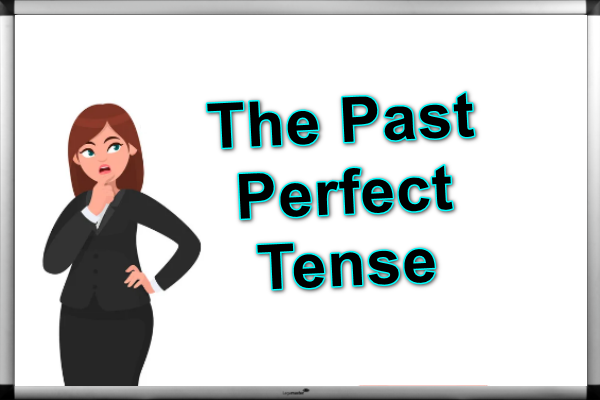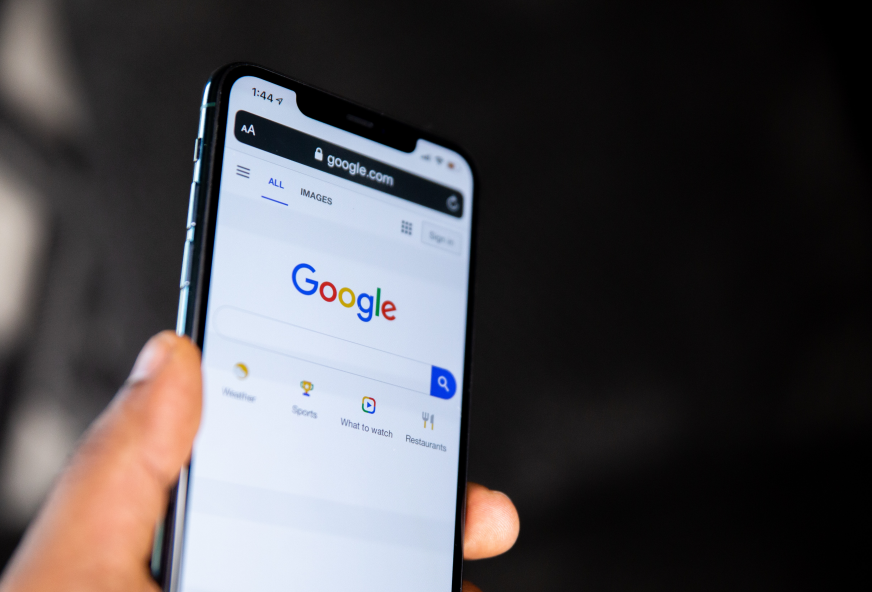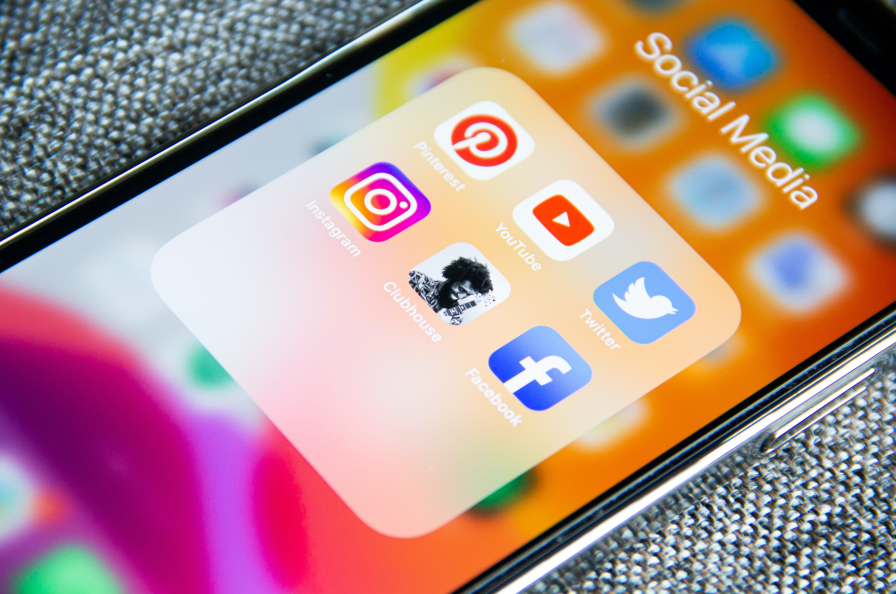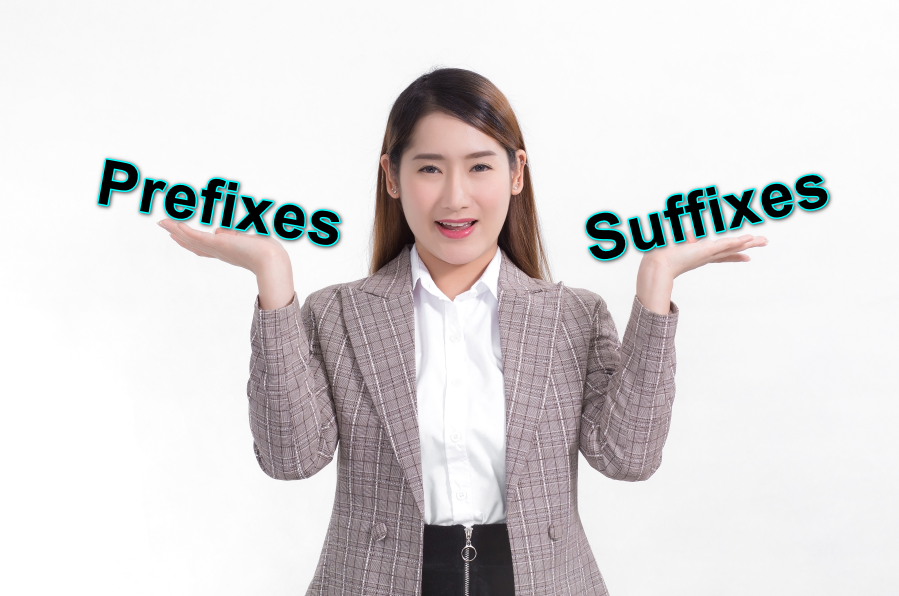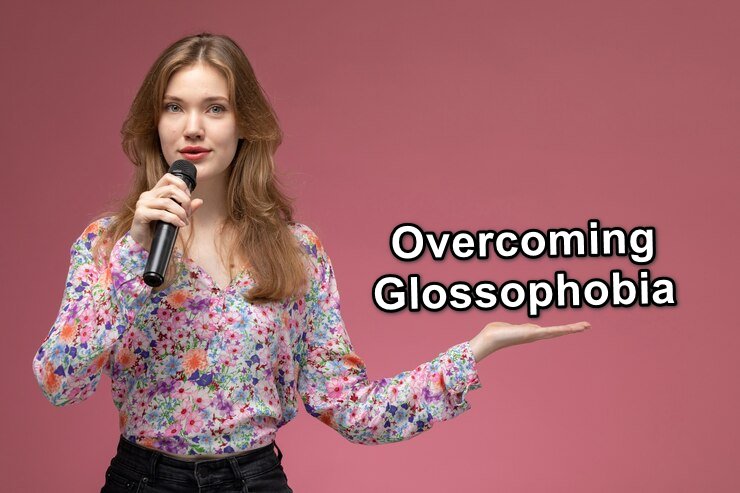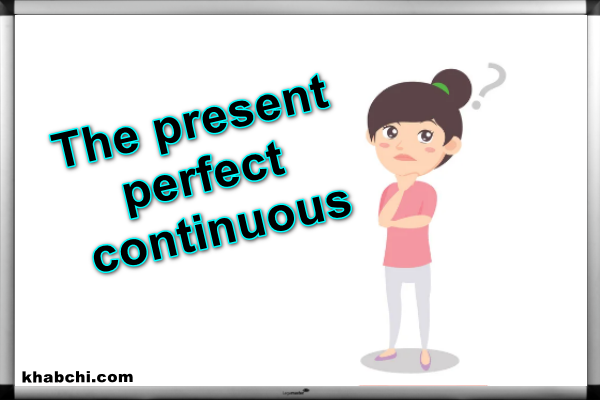
1. Definitions:
- Beautiful: Typically used to describe the attractiveness of women or things that possess qualities such as grace, elegance, and aesthetic appeal.
- Handsome: Primarily used to describe the attractiveness of men, often suggesting qualities like a pleasing and well-proportioned appearance, but with a more rugged or dignified connotation compared to “beautiful.”
2. Usage:
- “Beautiful”:
- Used to describe the physical appearance of women or objects. For example, “She is a beautiful woman” or “That painting is beautiful.”
- Can also extend beyond physical appearance to describe things like emotions, experiences, or ideas. For instance, “It was a beautiful sunset” or “Her kindness makes her truly beautiful.”
- “Handsome”:
- Typically reserved for describing the physical appearance of men. For example, “He is a handsome man” or “The actor has a handsome face.”
- Often implies qualities like strength, dignity, or attractiveness with a more rugged or refined charm. For instance, “He has a handsome physique” or “The old mansion has a handsome facade.”
3. Context:
- Cultural and Gender Norms:
- “Beautiful” is commonly associated with femininity and is more frequently used to describe women or feminine objects.
- “Handsome” is primarily linked to masculinity and is more commonly applied to men or masculine objects.
- However, these distinctions are not rigid and can vary based on cultural norms and individual preferences.
4. Examples:
- “Beautiful” Examples:
- “The bride looked absolutely beautiful in her wedding gown.”
- “The flowers in the garden are so beautiful this time of year.”
- “His speech was beautiful; it moved everyone to tears.”
- “Handsome” Examples:
- “James Bond is often portrayed as a handsome and suave secret agent.”
- “The prince was described as handsome with his chiseled features and regal bearing.”
- “The antique car had a handsome design that captured everyone’s attention.”
5. Conclusion:
- While both “beautiful” and “handsome” convey attractiveness, they are typically used in different contexts based on gender norms and connotations.
- “Beautiful” tends to be associated with femininity and is used to describe women, objects, or experiences with qualities like grace and aesthetic appeal.
- “Handsome” is more commonly associated with masculinity and is used to describe men, objects, or experiences with qualities like attractiveness, dignity, or charm, often with a hint of ruggedness or refinement.
Understanding the subtle distinctions between these two words can enhance your communication skills and help you express yourself more accurately and effectively in various contexts.
5
1
vote
Article Rating
Tags
attractiveness beautiful communication connotations distinctions femininity gender norms handsome language masculinity vocabulary
URL Copied
27 January 2024Last Updated: 27 January 2024
0 3 2 minutes read
